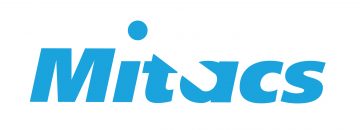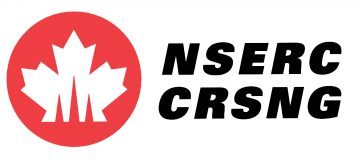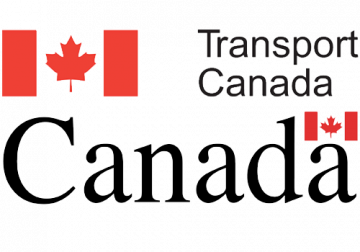The Lab focuses on high-fidelity and data-driven modeling of coupled physical phenomena such as fluid-structure interaction of marine systems and bio-inspired avian/aquatic vehicles. We think at the system level, while pushing the boundaries on individual subsystems as well as how these fully integrated multiphysics systems can be safe, intelligent and efficient. In that regard, the ongoing research projects involve the study of coupled fluid-structure dynamics, data-driven model reduction and passive/active control strategies. Using multidisciplinary and multiphysics analysis, the goal is to develop innovative and novel solutions, guidelines and devices for aerospace, marine/offshore and clean energy systems. Current research concerns the following interconnected broad research themes:
Multiphysics Prediction, Control and Optimization for Intelligent and Green Marine Vessels (IGMVs)
Marine vessel design involves a highly multidisciplinary process of naval architecture (i.e., structural and hydrodynamics performance, control and stability analysis), thus rigorous prototype-based designs are not possible, instead semi-empirical techniques and past experiences are generally used. There is a huge potential in bringing AI-enabled cognitive system to marine vessels together with biologically inspired and physically efficient designs and quieter and environmentally friendly operations. To realize this potential, the integration of mechanics and dynamical systems with machine learning (ML) via data-driven modeling and physics-based ML (PBML) is required. It is known that general-purpose black-box ML techniques do not perform well beyond the data they are being trained and they lack physical interpretability and reliability for engineering applications. Broadly, this research program attempts to address these issues by developing hybrid physics-based ML techniques using a variety of neural network architectures. The primary objective is to develop an all-inclusive general-purpose computational framework to simulate marine systems involving complex multiphysics and multiphase effects.
In this program, we mainly focus on the physical aspects of IGMVs, with a particular focus on the synergy of physics-based and data-driven models towards Digital Twin (i.e., the interface framework between the physical world and digital world). There are four main thrust areas in this research program which will be part of the development and operation of IGMVs: (i) High-performance/data-driven computing by integration of Multiphysics with data science and machine learning, (ii) Hull optimization for fuel efficiency and noise/vibration harness, (iii) Marine environment protection by minimizing marine noise and fossil fuel risk, and (iv) Yard productivity and engineering by advanced tools. In this program, we propose to build advanced tools and techniques for the development of next-generation IGMVs for the Canadian Navy and Coast Guard through a collaboration with Seaspan Shipyards and its partners.

The primary objective is to scale multiphysics and multiscale computing for practical engineering analysis, with emphasis on flow dynamics and coupled fluid-structure problems. The project can be categorized into the following research topics:
- Advanced hydrodynamics and multiphase fluid-structure simulations
- Modeling of propeller cavitation with vortex-induced vibration and noise
- Coupling of hydroelastic computational fluid dynamics (CFD) and acoustic Solver
- Passive and active control of marine vessel noise and flow resistance
- Model reduction techniques for low-dimensional approximation
- Integration of multifidelity models with machine learning algorithms
Efficient Bio-inspired Intelligent and Green Flying Vehicles (IGFVs)
Compared with a conventional fixed-wing flight vehicle, the flapping flight of flying creatures (e.g., bats and owls) involves active morphing and adaptive flexible as well as serrated wing configuration, which may offer some unique benefits with regard to flight efficiency improvement, noise suppression, structural weight reduction and high maneuverability. In the past decades, there has been a large amount of research works towards the development of low-speed and small-sized vehicles, i.e. micro air vehicles (MAVs). These small-sized vehicles represent an opposite end of the flight spectrum from most military and civilian aircraft that are currently in use. While a relatively small size of an MAV offers potential benefits with regard to maneuverability, surveillance and operational robustness, the small size with low inertia makes these systems very difficult for control and mid-air stability. The MAVs that possess the flight agility of natural flyers (e.g., birds or bats) remain a challenge, especially in complex terrain with very confined spaces. This project is motivated by the need to design nimbler, quieter and autonomous flying machines by studying how animals achieve flight maneuverability and efficiency. This project aims to build physical understanding and to develop data-driven learning models for a multifunctional flexible wing structure. A particular emphasis will be placed to make bat-inspired air vehicles more efficient and intelligent in complex environments. For this purpose, we consider multiphysics and flexible multibody simulations together with data-driven learning and control.
A natural extension of this work is to develop a hybrid aerial-aquatic vehicle that can traverse in complex multiphase conditions and perform search-and-rescue, surveillance and environment exploration applications. Such a hybrid unmanned vehicle needs to handle locomotion in air and water while handling the challenges associated with the transition across the air-to-water interface. Our in-house flexible multibody and multiphase FSI capabilities are being used to understand the physical challenges in multimodal locomotion (flying and swimming). Flapping-wing vehicles and wing kinematics should be adapted to both air and water environments. Aerial vehicle demands a large wingspan to stay aloft, while aquatic vehicle needs to minimize the surface area to reduce the hydrodynamic drag. For example, to address such conflict, some bio-inspirations from the flying of a flying-fox bat and the swimming of a bat ray can be used to realize a hybrid aerial-aquatic locomotion.
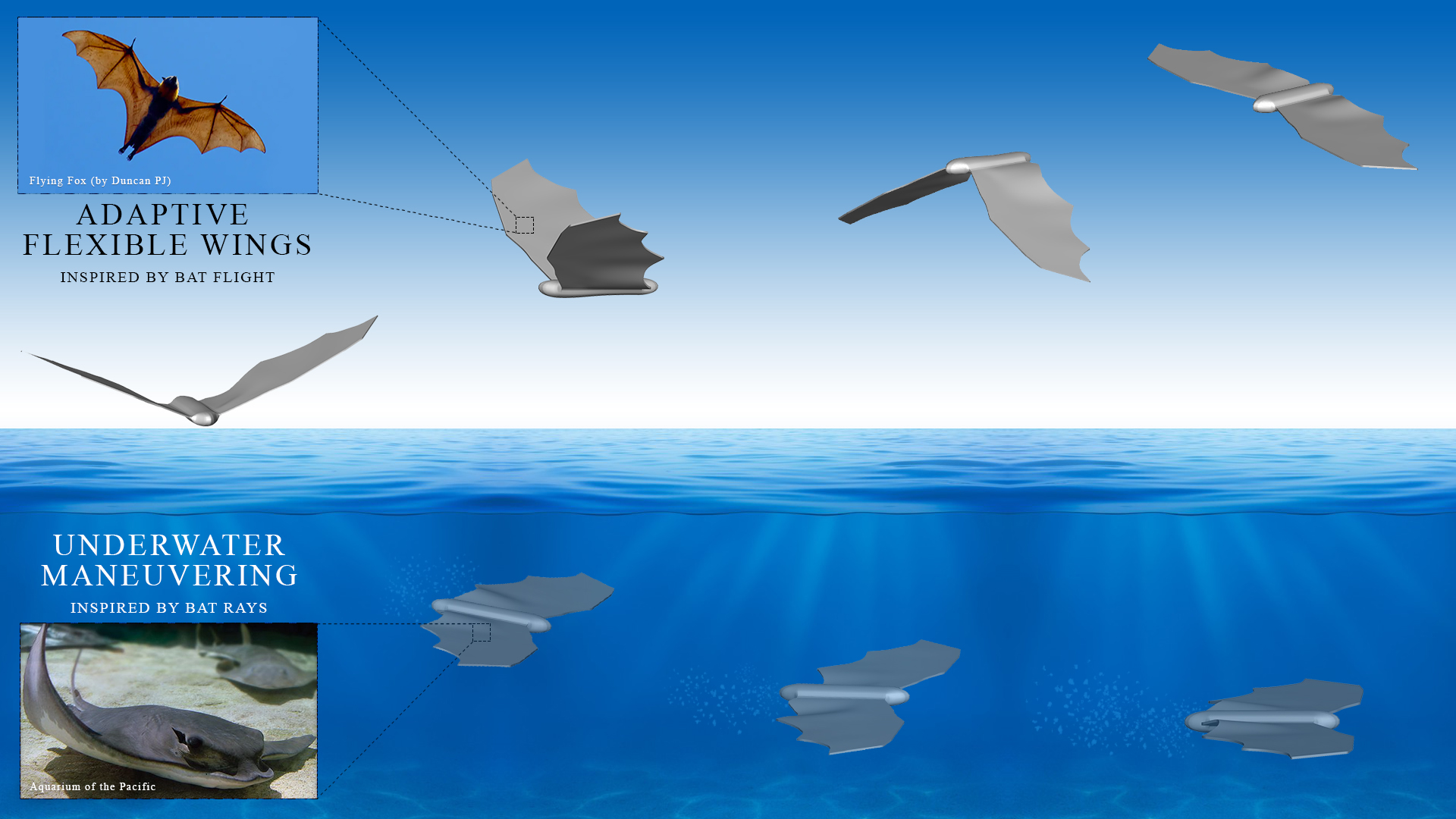
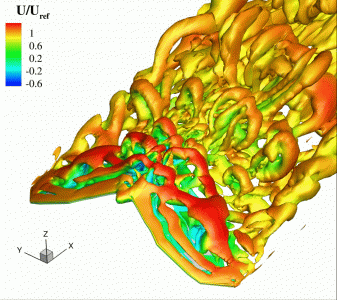
Concept of hybrid avian-aquatic vehicle based on bio-inspiration
Multiphysics Prediction and Control of Nonlinear Flapping Dynamics for Marine Hydrokinetic Energy
In the context of sustainable clean energy, harvesting power from flapping and vibrating structures are gaining a resurgence of interest in recent years for various engineering applications. Coupled with piezoelectric materials, the flapping and vibrating structures are capable of transforming wind and ocean kinetic energy into usable energy at small-to-medium scale systems. The efficiency and performance of these devices are strongly dependent on the precise design and adaptive tuning of multiphysical properties (e.g., structures and piezoelectric materials) during nonlinear dynamic excitations. In this context, fully-coupled fluid-structure-piezoelectric modeling becomes crucial for the efficient design and control of such energy harvesting systems.
The prime objective of this project is to develop a numerical framework to model the nonlinear fluid-structure interaction of flapping dynamics for harvesting kinetic energy. An elastic foil interacting with a uniform flow with its trailing edge clamped (termed as the inverted foil) is to be considered as a prototypical problem, which has a profound impact on the development of energy harvesting devices via self-sustained large-amplitude flapping. By coupling with piezoelectric materials, the structural strain energy can be transformed into electric energy (which can be useful for low-powered onboard systems and sensors) . The following are the three components that comprise the proposed program:
- Model reduction techniques for low-dimensional approximation of flapping process
- Integration of low-dimensional models with machine learning algorithms
- Parametric optimization and feedback control of flapping dynamics

Physics-Based Machine Learning Framework for Near-Field Noise from Hull and Propeller (HARP)
Noise in oceans and coastal areas has increased in the last decades, which has largely been attributed to the more widespread operation of marine vessels. With noise levels from large vessels in the frequency range of 5–1,000Hz predominating, large ocean areas are affected and these frequencies overlap the audible ranges used by many marine mammals. We propose to develop tools and techniques to model noise sources from onboard machinery, and propeller operation and cavitation to improve ship designs towards reducing noise and its impact on marine mammals. This project aims to develop a new software toolbox for ship noise prediction for the initial design and analysis. The toolbox will be based on ML and developed to efficiently account for the physics of the problem, requiring fewer data to train and being able to have more accurate predictions. The training data will be provided by using the high-fidelity methods FEM and CFD. Once the systems are developed and trained, they will be able to provide fast and accurate predictions of ship machinery noise at the early design stage. This will enable URN to be considered for a much wider range of vessels and enable designers to create lower noise designs. The developed ML toolbox is being coupled with optimization and control algorithms.
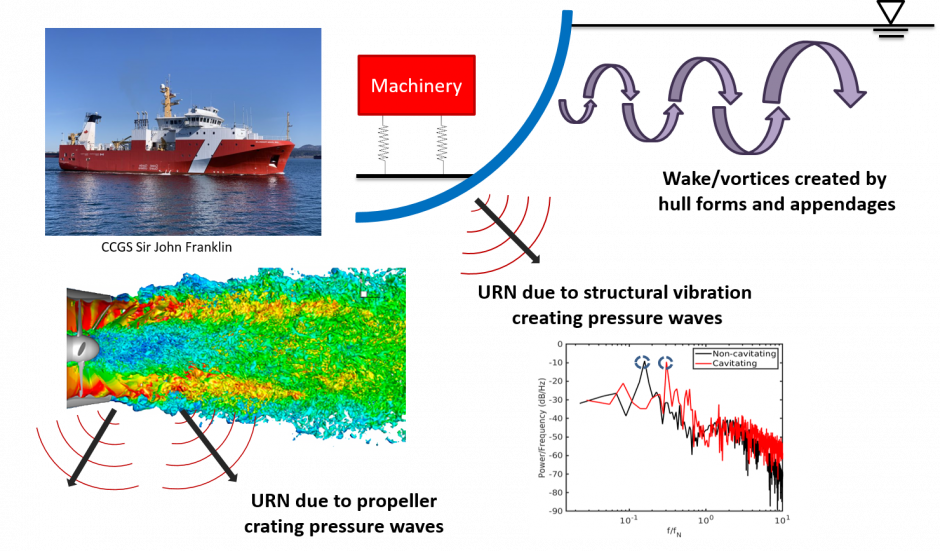
Machine Learning Framework for Anthropogenic Noise and Ocean Soundscape (MELO)
Anthropogenic noise from marine shipping and other sources poses a serious threat to marine mammals and the ocean environment. While the physics-based acoustic models can provide useful insight, they are poorly suited to combine different sources and different levels of resolutions. At the same time, oceanographers and marine engineers are collecting more data than ever before thus there is a requirement to analyze and employ these data for the development of strategies and guidelines for noise reduction. Data-driven models equipped with machine learning techniques provide a promising approach to approximate the underlying ocean acoustic environment across the scales with different sources and resolutions. Being data-driven, they rely only on the observed or simulated data and remain independent of the data generation or acquisition techniques. This project will therefore develop a physics-based machine learning toolbox to predict the noise fields from distributed sources at the predicted location of marine mammals. By combining the ML techniques with the physics-based models, the framework will offer the potential to integrate multimodality data to predict the ocean soundscape across the scales and develop new adaptive mechanisms. Finally, the toolbox provides the guidelines for selecting operating parameters for ships to tune and adjust their noise based on knowledge of the nearby marine mammals.
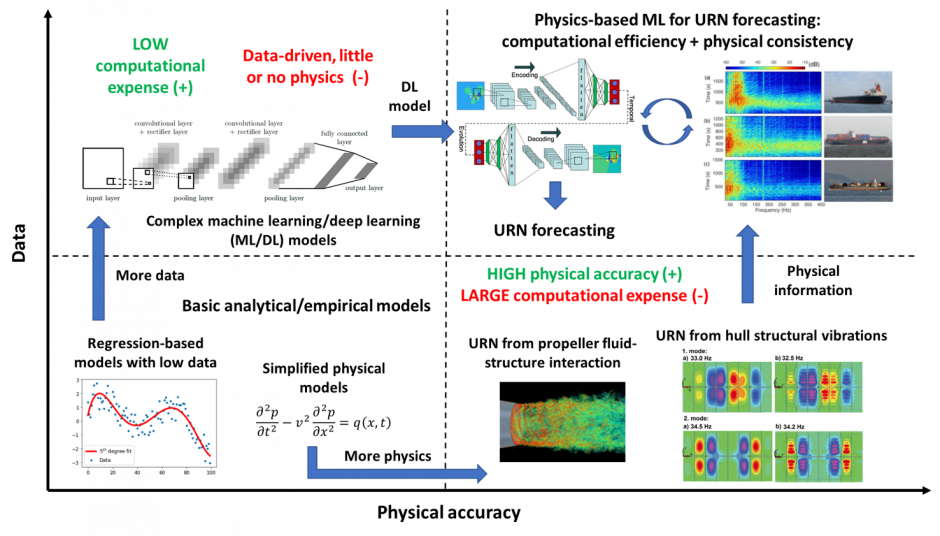
Financial Support:
